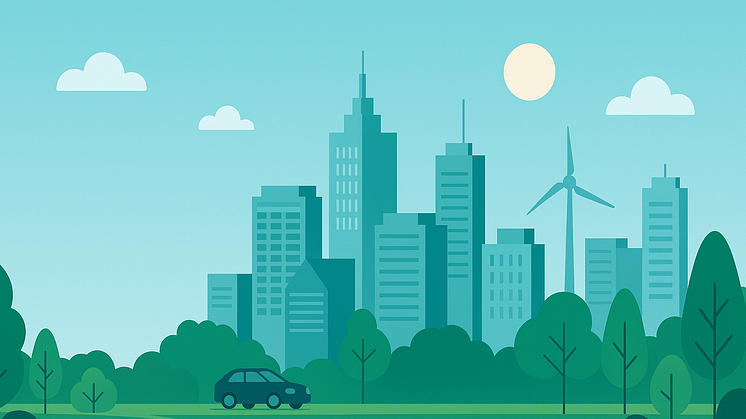
Blogginlägg -
Clean Air, Smart Cities: Why Air Filtration Will Define Urban Living in the 21st Century
As the world urbanizes at an unprecedented pace, the focus of city planning is shifting from expansion to optimization. Energy efficiency, digital infrastructure, and sustainable transport dominate the conversation. Yet, one critical element remains too often overlooked: the quality of the air we breathe. In the age of smart cities, clean air is not a luxury—it is foundational. And at the heart of this transformation lies an unsung hero: advanced air filtration.
The Urban Pollution Paradox
Today, more than half of the global population lives in cities. By 2050, that figure is expected to rise to nearly 70%. With this growth comes a dense concentration of vehicles, construction, and industrial activity—all of which contribute to a cocktail of airborne pollutants. According to the WHO, 9 out of 10 people worldwide breathe polluted air, and urban environments are among the most affected.
This pollution isn’t just a matter of comfort—it’s a matter of life and death. Airborne particles such as PM2.5 have been directly linked to respiratory diseases, cardiovascular issues, and even cognitive decline. For city planners and policymakers, the implications are clear: no matter how smart a city becomes, it cannot be truly sustainable if its air is toxic.
Enter Air Filtration Technology
Modern air filtration systems, like those developed by companies such as Camfil, are transforming how buildings manage indoor air. Whether it's a corporate office in London, a hospital in Tokyo, or a school in São Paulo, advanced filters are being installed to trap harmful particulates, neutralize airborne contaminants, and optimize energy usage simultaneously.
Unlike older HVAC solutions, next-generation filters use high-efficiency media and low-pressure drop designs to ensure both clean air and low energy consumption—making them a key part of any smart building strategy.
Clean Air as Infrastructure
One of the emerging trends in smart city development is treating clean air as a form of urban infrastructure. Just like electricity and internet access, filtered air is becoming non-negotiable in public and commercial buildings. Some forward-thinking cities are even beginning to include air quality metrics in their urban KPIs, tying them directly to real estate value, worker productivity, and public health outcomes.
This shift opens the door for greater collaboration between city governments, architects, and filtration experts. Retrofitting aging buildings with state-of-the-art filtration not only improves air quality but can also drastically reduce long-term energy costs—supporting both environmental and financial goals.
A Breathable Future
The future of urban life depends on our ability to rethink what makes a city “smart.” While sensors and algorithms may power connectivity, clean air powers life itself. With innovations in filtration technology becoming more efficient and accessible, now is the time to prioritize air quality in the global push toward healthier, smarter cities.

